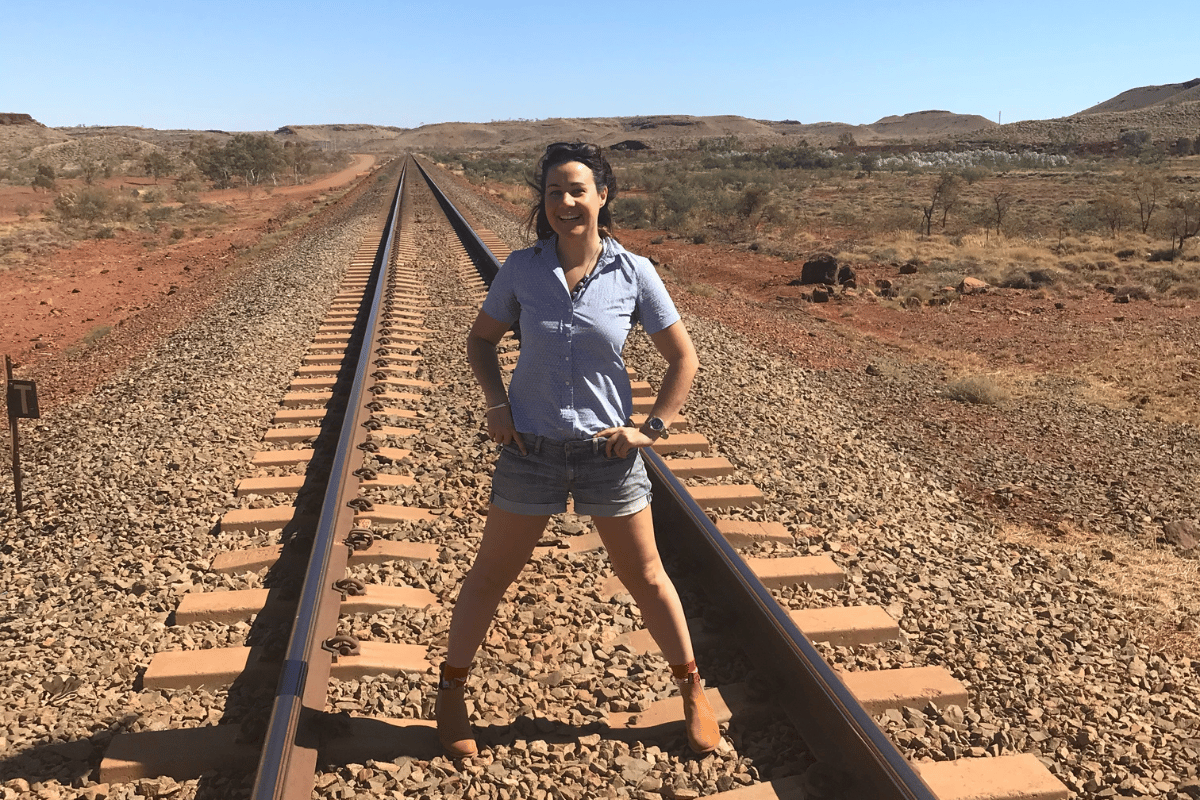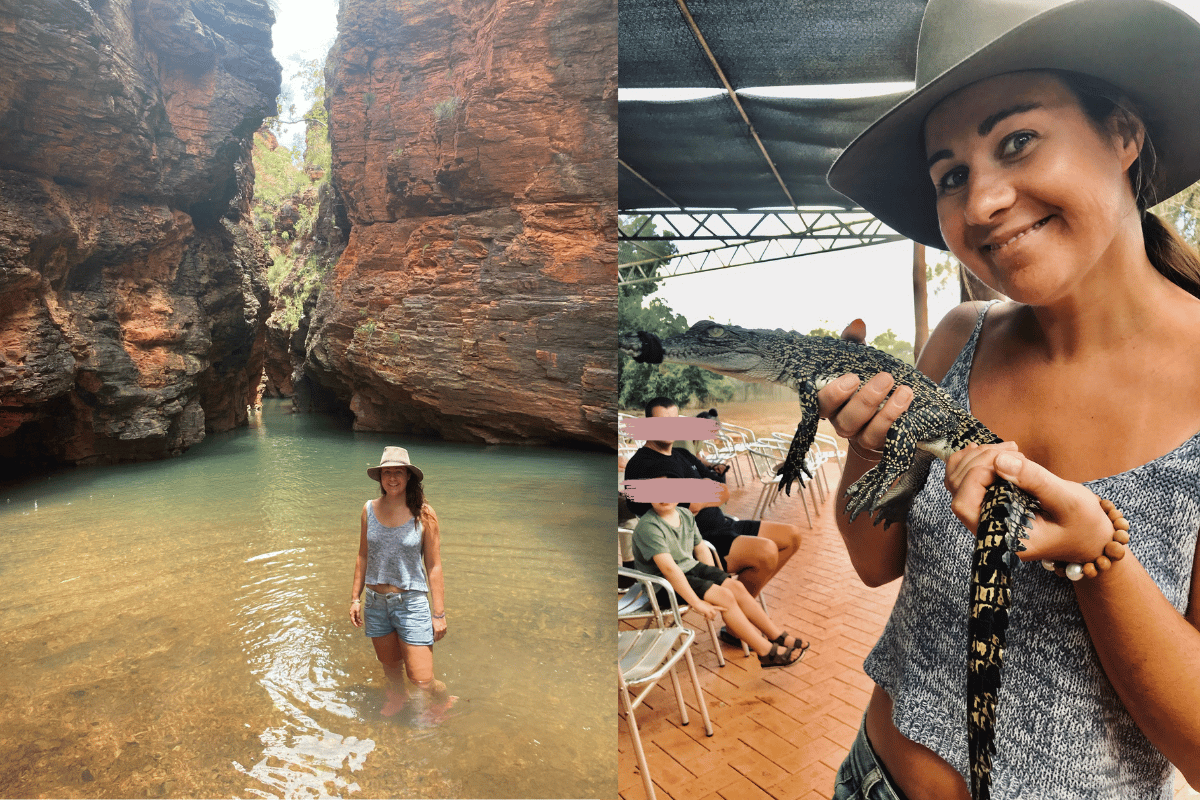
For some time now, conversations have been rife about the burnout and pressure Australian GPs are facing.
But doctors in regional or remote areas have a particularly complex challenge on their hands compared to their city counterparts.
It's a reality Dr Sonia Henry has seen firsthand.
Dr Henry's working life changed completely three years ago. She was burnout, about to turn 34, had just come out of a "damaging relationship" with a heart surgeon, and felt she had hit a wall with her career as a GP in Sydney.
"My life was very Sydney-focused. My holidays were to Europe, I lived in the inner city, I loved shopping and going to nice food spots. I was very lucky. I had very little experience with going out bush," she tells Mamamia.
So when a job opportunity came up to be the only GP in the Pilbara region of Western Australia, she figured why the hell not! It fit her qualifications and it was a fresh start to a new, exciting chapter.
"A few days later I was on the plane. I literally had one suitcase that I had packed a bit haphazardly, and an old stethoscope. Plus, it was COVID-19 times, so I just made it across the border."
Dr Henry says she'll never forget the moment she arrived in the Pilbara.
"Driving down the highway, you realise you're in the middle of nowhere. It's literally just endless red earth, sky and table-top mountains. I've never had an experience like it since."






























































































